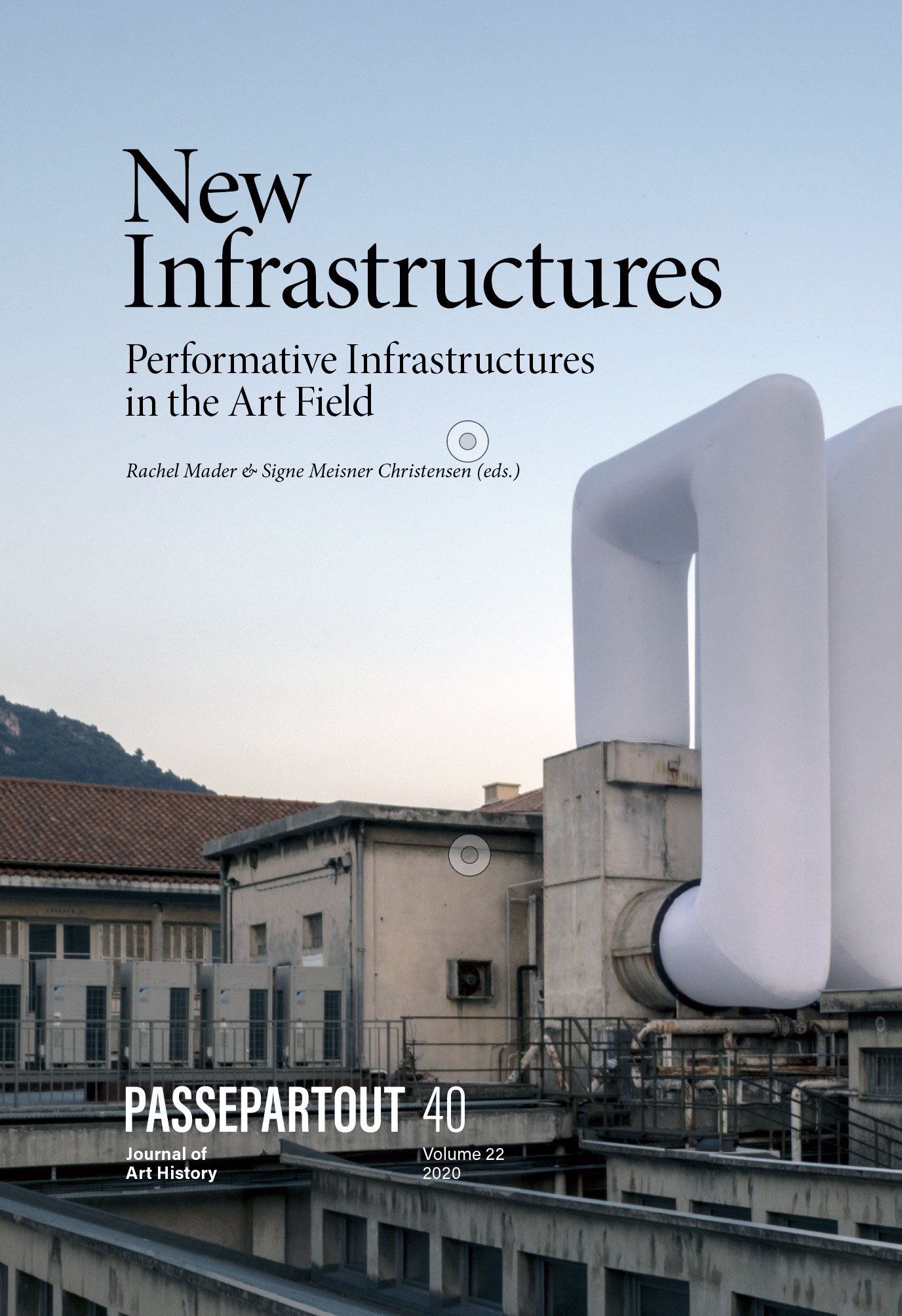Resound Kefalonia
A Case Study of “The Surviving Aural Spaces”
Keywords:
contemporary art, sound art, practice-based research, surviving aural spaces, sonic spaces (espaces sonores), aural spatial awareness, field recording, sonar-body (corps-sonar), listening, meditation, sonic fossil (fossile sonore), unheard (in-ouïe), sonic residues (résidues sonores)Abstract
This paper examines emerging artistic experiments led by Resound Kefalonia (2018), a Sound and Space Research group operating on the island of Kefalonia, Greece, as a case study of the region’s surviving aural spaces. Initiated by artist-researcher Sandra Volny, Sound and Space Research uses in situ sensorial experimentation as the main tool to expose “The Surviving Aural Spaces,” a key concept of Volny’s research. Hidden in the background noise and spatial echoes, the surviving takes shape in sonic traces, sonic residues, and sonic fossils. Persistent while intangible, resisting their own disappearance, surviving aural spaces appear in the tenuousness of our environment and our memories. The paper reflects on the response of the team to the island’s sonic territory, as well as a site-specific workshop led by invited sound artist Jacob Kirkegaard. Topics and questions raised by these experiments inspire innovative models of contextual, collective, and interdisciplinary collaborations. In the clash of our remembering, it is necessary to stretch the ear in order to become conscious of our aural universe. Resound Kefalonia reiterates the importance of auditory awareness in paying attention to our surroundings, and listening to the history and the stories of the unheard.
References
Bélair, Simon: “Principaux concepts” in: Simon Bélair, Ac., http://simonbelair.ca/medecine-traditionelle-chinoise/principaux-concepts/ (accessed Dec 10, 2018).
Bert, Jean-François: “Georges Didi-Huberman: l’image survivante. Histoire de l’art et temps des fantômes selon Aby Warburg” in: Questions de communication, Feb. 2002, http://questionsdecommunication.revues.org/7290?lang=en/ (accessed Nov 13, 2018).
Blesser, Barry and Linda-Ruth Salter: Spaces Speak, Are You Listening? Experiencing Aural Architecture, Boston 2007.
Centre national de ressources textuelles et lexicales, Ortolang, https://www.cnrtl.fr/definition/inou%C3%AF (accessed January 3, 2018).
Csepregi, Gabor: “On Sound Atmospheres” in Jim DROBNICK [dir.]. Aural Cultures. Toronto 2004.
Davila, Thierry: De l’inframince : brève histoire de l’imperceptible, de Marcel Duchamp à nos jours, Paris 2010.
Dictionnaire de l’Académie Française, https://www.dictionnaire-academie.fr/article/A9I0533 (accessed January 3, 2018).
Didi-Huberman, Georges: L’image survivante: histoire de l’art et temps des fantômes selon Aby Warburg, Paris 2002.
Gratier, Maya: “Les rythmes de l’intersubjectivité” Spirale, 44 (2008), p. 210.
Johnson, Jerry Allan: Chinese Medical Qigong Therapy: A Comprehensive Text, Pacific Grove 2000.
Kirkegaard, Jacob, et al.: Earside Out, Copenhagen 2015.
LaBelle, Brandon: Lexicon of the Mouth: Poetics and Politics of Voice and the Oral Imaginary, London 2014.
LaBelle, Brandon: Background Noise: Perspectives on Sound Art. London 2015.
Lucier, Alvin: “Seeing, Sounding, Acting” symposium at Institute of Technology, Center for Art, Science and Technology, Cambridge, MA, 28 September 2014.
Nancy, Jean-Luc: Listening [2002], trans. Charlotte Mandell, New York 2007.
Oliveros, Pauline: “Quantum Listening: From Practice to Theory (to Practice Practice)” in: Musicworks 76, (2000), pp. 37–45.
Oliveros, Pauline: Sounding the Margins: Collected Writings 1992–2009, Kingston 2010.
Reid, Daniel: A Complete Guide to Chi-Gung: The Principles and Practice of the Ancient Chinese Path to Health, Vigor, and Longevity, Halifax 2000.
Rey-Debove, Josette and Alain Rey: Le petit Robert: dictionnaire alphabétique et analogique de la langue française, Paris 2017.
Schafer, Raymond Murray: Soundscapes: The Tuning of the World, Toronto 1977.
Serres, Michel: quoted by Xavier Lacavalerie : “Michel Serres : n’étant porteuse d’aucun sens, la musique les possède tous” in: Télérama, 3 August 2011, http://www.telerama.fr/livre/michel-serres-n-etant-porteuse-d-aucun-sens-la-musique-les-possede-tous,71134.php (accessed March 10, 2017).
Serres, Michel: Genèse. Paris: Éditions Grasset, 1982.
Sound and Space Research. https://www.soundandspaceresearch.com/ (accessed March 11, 2017).
Szendy, Peter: Écoute: une histoire de nos oreilles, Paris 2001.
Volny, Sandra: “Sonar”, in Sandra Volny, https://sandravolny.com/ (accessed March 7, 2017).





